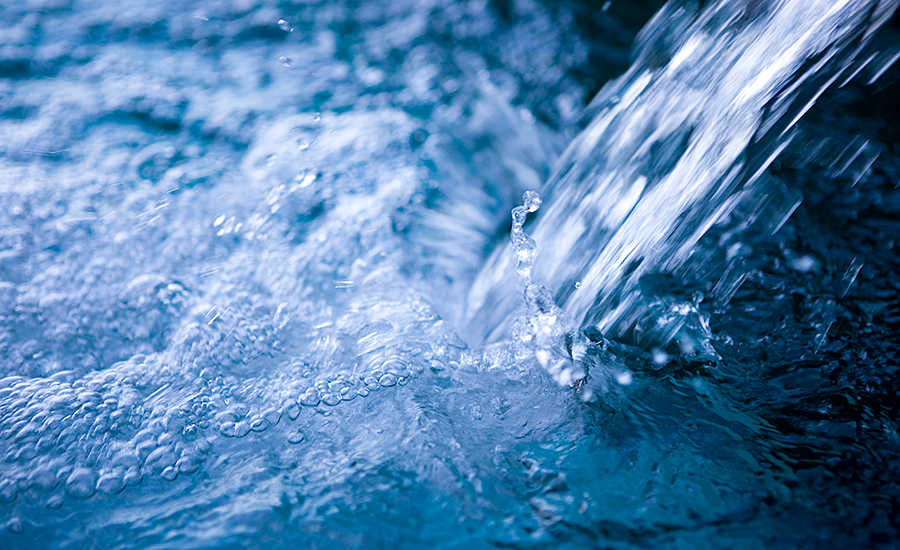Just 3 percent of the world’s water is fresh water, and two-thirds of that water is currently inaccessible, according to the Food and Agriculture Organization of the United Nations. Meat-processing facilities are major users of large amounts of water. Plants may use hundreds of thousands of gallons of water per day to process meat adequately.
Using this amount of water not only jeopardizes a scarce resource, it also affects the bottom line. Processors must pay to pipe the water in, heat it to the right temperature for use and then treat the wastewater before piping it out. While the goal is to ensure enough water is used to properly process the meat, are facilities using more than necessary?
The answer is yes.
Conservation shouldn’t mean compromise
Beef processing requires more water per pound than any other type of protein, and one of the biggest culprits of water use is the head and tongue wash. The amount of water needed is disproportionate to the total pounds of meat produced because the head and tongue can harbor higher levels of bacteria, meaning it could cause contamination further down the line.
Over the years, head and tongue wash technology hadn’t improved much in regard to design and efficient use of water and chemicals. That is now changing with automation, precision application technology and electrostatic intervention.
Head and tongue wash systems are being developed for beef processors that allows plants to do more with less. In a conventional head and tongue wash cabinet, water is constantly running, and more often than not, missing the intended target.
New systems implement precision application technology that uses a three-dimensional wash process and follows the head and tongue through the cabinet. Contoured arbors spray the intended target and then shut off until the next head enters. This results in dramatic water savings.
Most existing head and tongue wash systems use 100 gallons of water per minute and 14 gallons per head. Tests show that this new approach lowers water use to 45 to 50 gallons per minute at 6 gallons per head on average. This is a reduction of 50 percent or more gallons of water, while delivering better results.
Reduce waste with electrostatic technology
In addition to overhauling the head and tongue wash, another exciting development in food safety is electrostatic intervention technology. To give an overview, the use of electrostatics in food sanitation means applying an electrical charge to the antimicrobial solution. With this, transfer efficiency increases exponentially and wasted water and chemicals, in turn, decrease dramatically.
When used correctly, electrostatic technology can reduce water and chemical use by 95 percent compared with conventional methods. This type of precision application technology has shown log reductions in the range of 2.0-2.6 or better — a 10 times improvement over traditional sanitation when harnessed with new equipment.

Do more with less
Precision application in processing and sanitation not only means improved food safety, but also the conservation of a depleting resource: water. By transferring the costs associated with waste to technology and equipment that reduces or eliminates waste, meat processors will be able to better position themselves for future success. NP





Report Abusive Comment